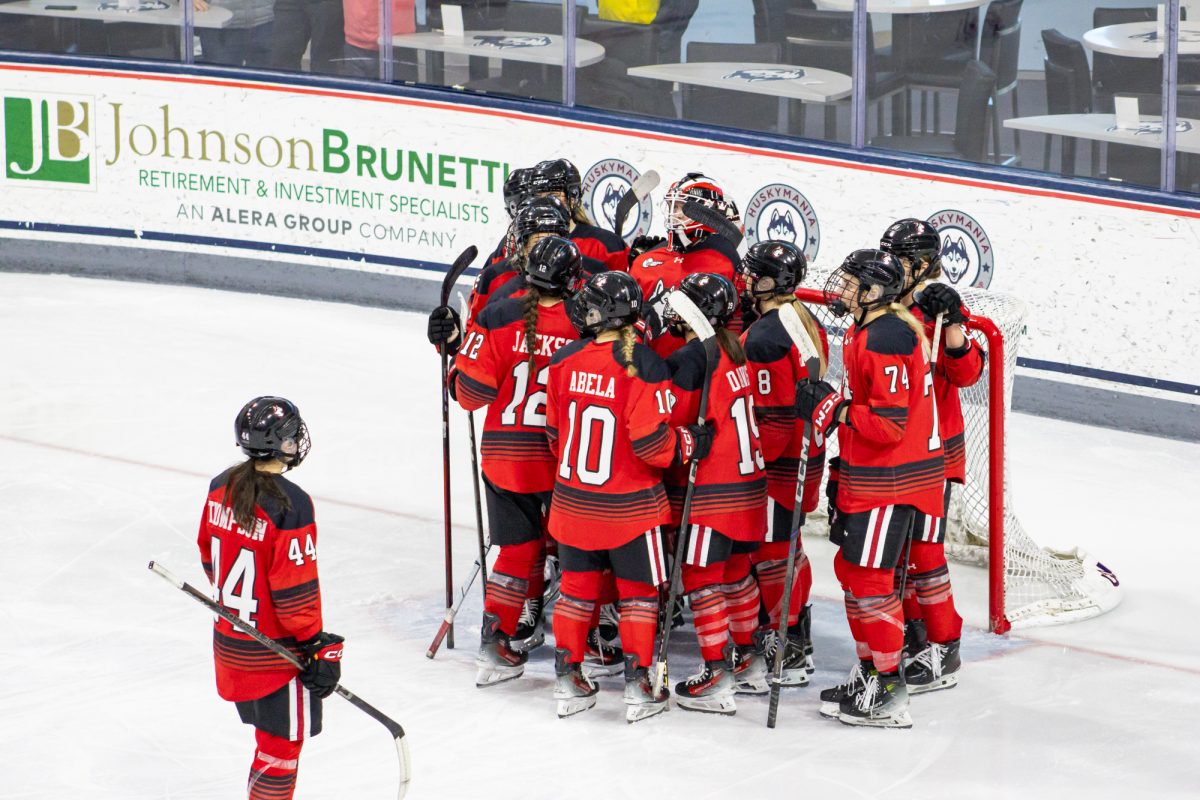By Michael Samaha, columnist
Bye-bye BCS, hello playoff system! It’s taken the NCAA way too long to get here, but they’ve finally decided to do away with the horrendous system that was the college football Bowl Championship Series. We now have the four-team playoff system we’ve wanted for years. This is the first season that it will go into effect, and it can seem a little confusing, so I’m here to make it simple for you.
At the end of every season, a 13-member committee will decide on the best four teams in the country. These teams will play in the semifinal bowl games. The committee is made up of one current athletic director from each of the five “power conferences” (ACC, Big Ten, Big 12, Pac-12 and SEC), former players, coaches, administrators and even former US Secretary of State and provost of Stanford, Condoleezza Rice. This committee will ultimately decide the four teams and its seeds for the playoffs. The most important factors taken into account when choosing the four teams are strength of schedule (which will force schools to increase the difficulty in their non-conference scheduling), conference championships, team records and game-by-game results.
The College Football Playoff is a four-team, single-elimination bracket to decide each season’s National Champion. There are six bowl games, which will rotate as the host pairs for the two semifinal games each year. The host pairs are the Rose and Sugar Bowls, Orange and Cotton Bowls and the Fiesta and Peach Bowls. In the years these bowls do not host semifinal games, they will still be hosts to the country’s other major bowls. The committee will decide all six bowl game match-ups.
This season, the Rose Bowl (Pasadena, Calif.) and the Sugar Bowl (New Orleans, La.) will play host to the two semifinal games on New Year’s Day. The committee’s one-seed and four-seed will play in one of the games, and the two- and three-seeds will play in the other. The committee will also decide which game is in which location by determining the location that will give the higher-seeded team less of the feel of playing in a “road” environment. The winner of each semifinal game will play for the National Championship on Jan. 12, 2015, at AT&T Stadium, the home stadium of the Dallas Cowboys in Arlington, Texas. Each season, the National Championship game will be played in a different location based on cities’ bids to host the game.
The discussion during the preseason was which of the five major conferences would be left out of the inaugural playoff. The assumption is that the SEC and Pac-12 champions will definitely be selected in the group of four due to the strength of those conferences. The remaining two spots will be fought over by the ACC, Big 10 and Big 12. The ACC will most likely get a spot due to the likeliness that Florida State University will end the season with no more than one loss and be the ACC champs.
The Big Ten’s chance has diminished significantly due to early non-conference losses from the heavyweights Ohio State University and Michigan State University. Michigan State’s chances are still alive if it can win every game from here on en route to a Big Ten championship, because its early loss was to Oregon on the road. The favorite to win the Big 12 is the University of Oklahoma, but if it disappoints and no other Big 12 teams go undefeated, the fourth playoff spot will be wide open. Baylor University would be the next favorite in the Big 12 if Oklahoma falls.
Prediction for the playoffs: 1. Florida State. 2. Oregon. 3. Oklahoma. 4. Alabama
Michael Samaha can be reached at [email protected]










